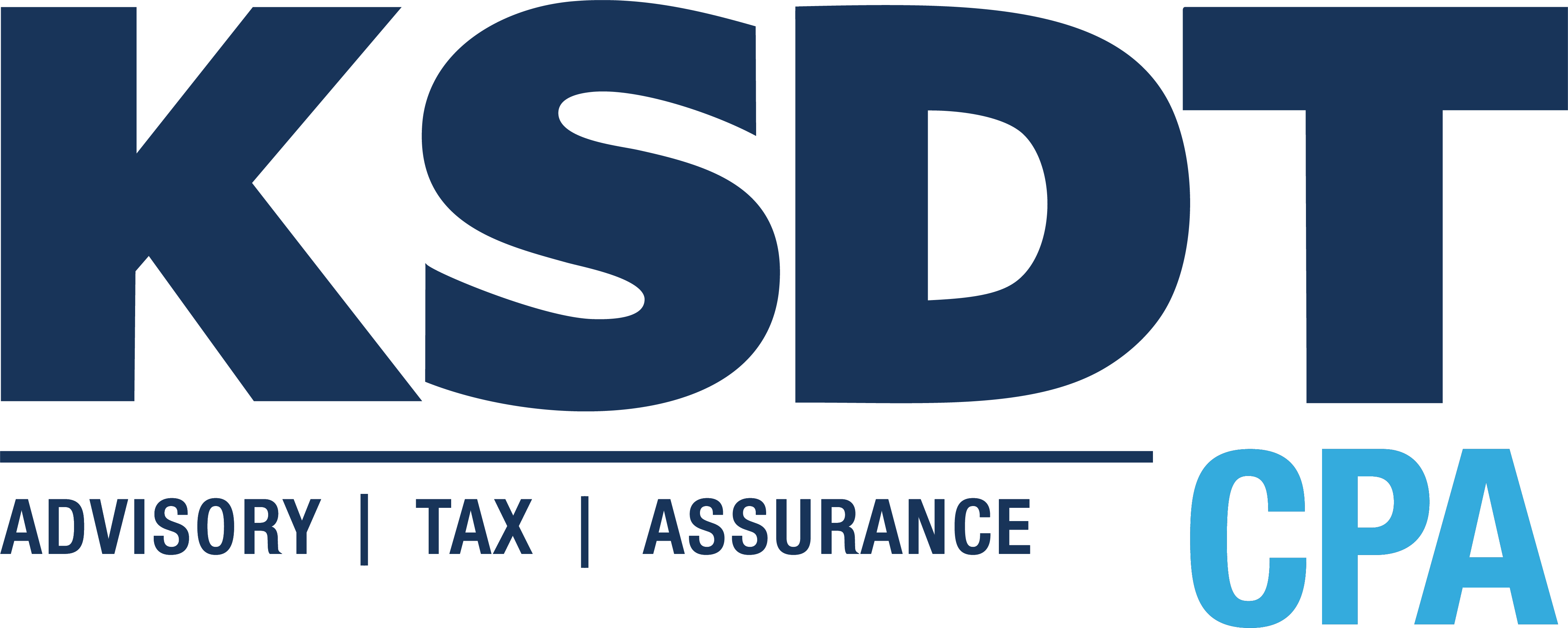An income statement, also known as a profit and loss statement (P&L), is one of the three primary financial statements used to assess a company’s financial performance over a specific period, usually a quarter or a year. The income statement summarizes the company’s revenues, expenses, gains, and losses to determine its net income or net loss for the period.
Here’s a breakdown of the components of an income statement:
- Revenues: Revenues, also referred to as sales or income, represent the amounts earned from the sale of goods or services during the period. They can include sales revenue, service revenue, interest income, and other sources of income generated by the company’s core business activities.
- Expenses: Expenses are the costs incurred by the company in generating revenue and operating its business. They can include various categories such as cost of goods sold (COGS), selling and administrative expenses, depreciation, interest expense, and taxes. Expenses are subtracted from revenues to calculate the company’s operating income.
- Gains and Losses: Gains and losses represent the income or expenses resulting from non-operating activities, such as the sale of assets, investments, or other extraordinary items. Gains increase the company’s net income, while losses decrease it.
- Net Income or Net Loss: The bottom line of the income statement shows the company’s net income or net loss for the period, which is the difference between total revenues and total expenses (including gains and losses). A positive net income indicates profitability, while a negative net income indicates a loss.
The income statement provides valuable insights into a company’s financial performance, including its revenue-generating capabilities, cost structure, profitability, and overall efficiency. Investors, creditors, and other stakeholders use the income statement to assess the company’s profitability, evaluate its ability to generate earnings, and make informed decisions about investing, lending, or partnering with the company.
It’s important to note that the income statement is typically prepared using the accrual basis of accounting, which recognizes revenues and expenses when they are earned or incurred, regardless of when cash is exchanged. This allows for a more accurate representation of the company’s financial performance over time.

